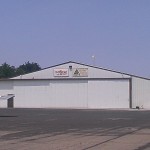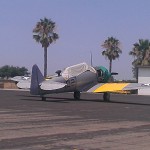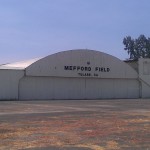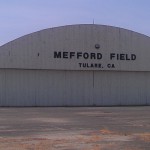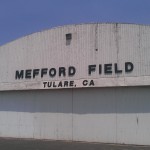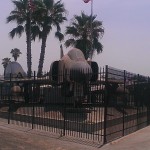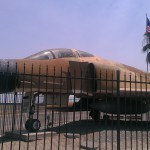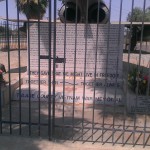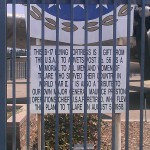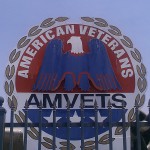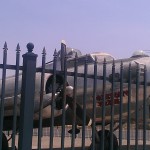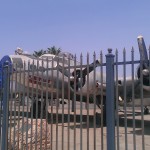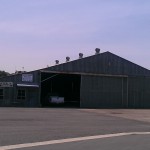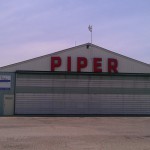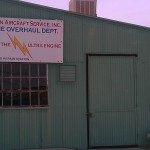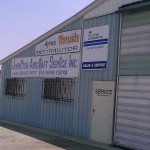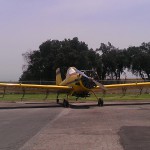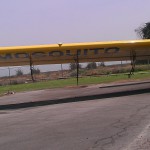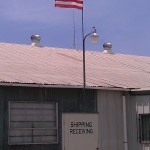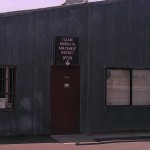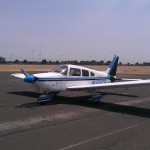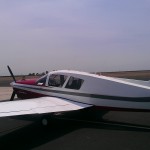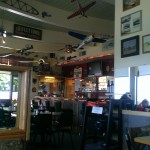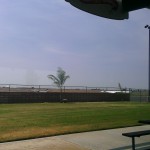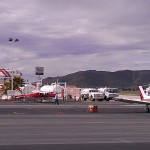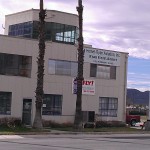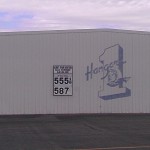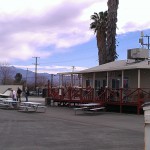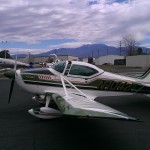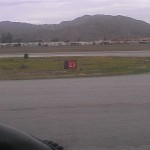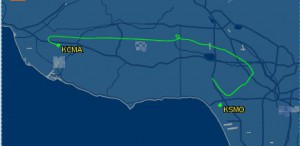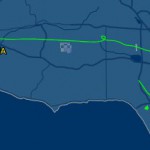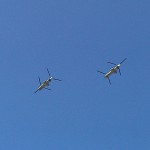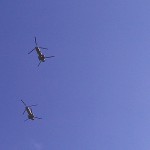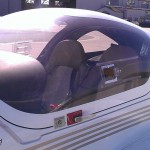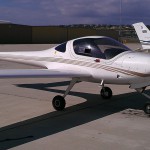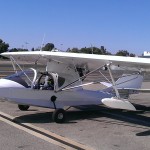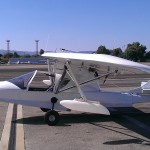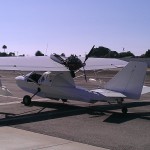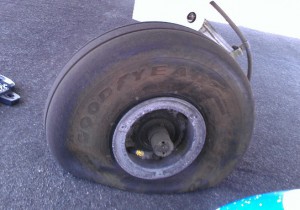Today I had my most serious icing encounter since I started flying in 2000.
Brenda and I are returning from one of our holiday trips out to the East, and today’s legs were planned as McKinney (TKI) to Midland (MAF), and Midland on to El Paso (ELP). We encountered worse weather than expected, including picking up ice in the descent into our diversion airport. It was a tense experience, to be sure, but I think that I handled it overall pretty reasonably. I feel like I owe my flight instructor and regular safety pilot a beer or a dinner, though.
No icing airmets were out there though a fairly benign IFR airmet for ceilings was active. The terminal forecast for our destination and intermediate points looked reasonable. All points were reporting clear skies when I checked the weather initially as well. I was aware that there was a frigid airmass coming in from the north, so there was that to keep in mind.
Climbout was unremarkable, though there was some moisture in the clouds, the outside air temperature looked good, and there was no ice. As we continued on, the cloud tops were getting higher, and looked more substantial than a dispersing layer. Then there’s a KingAir that misses an approach at a small airport. Sounds like the conditions are worse than the forecast.
At this point I’m about halfway through the leg, and these don’t look like the improving conditions that were forecast. Let’s talk to Flight Service and see how things look at Midland.
Midland has a fairly low ceiling and high tops. And while I’m talking to the briefer, a pilot report comes in about icing outside Midland. OK, that’s definitely not good. Abilene (ABI) is coming up, which is a sizeable airport with an ILS. The ceiling is low, but I’m pretty sure there’s nothing better around. Let’s get on the ground wishing we were in the air.
I’m talking to Abilene approach and request the diversion. The controller gives us a vector and starts working us in. He asks for a reason for the diversion and I tell him that the weather’s getting worse at my destination and that I’d like to find out on the ground. That’s a standard question, but it sounds like he thinks it’s a good reason.
He gives me pilot’s discretion to descend for the approach, which allows me to decide when and how fast to enter the clouds. He and I both understand that ice may be a concern, though no one’s reported it here yet. I actually request higher; I’m in the cloud tops and seeing visible moisture. He grants it and we talk about the fact that the water is still water both up here and down at the airport.
By now I’ve reviewed the approach plate and set up the GPS and navigation radios so I know where I am relative to the path I’m taking down. I don’t know that there’s ice in the clouds, but I want to spend as little time in there as possible. I’ve got the carberetor heat and pitot heat on as well.
When I get close, I let the controller know I’m starting down and drop in fairly fast. I’m also planning to fly the approach at as high a speed as possible, again to get out of the clouds as quickly as possible. Also, if there’s ice, I want to have as much power available as I can.
For a while, it’s like all the other approaches I’ve flown: blind gray outside, water moving up the windscreen. The controller vectors me on to the approach. Right about when I capture the glideslope, I realize that the water that was moving up the windscreen is not moving up the windscreen anymore. We’re in ice.
This is scary. I’m at least as frightened as the time I spun a 150 by mistake, but there I had an instructor to make it all better. I want very badly to dive for the ground as fast as possible to get out of the ice, but I force myself to follow the approach. Hitting a pole because I panicked is not going to help anything.
It is very nerve wracking. Things I know about ice keep popping into my head, and sure enough all of them are true. Ground speed slows (though there is a lot of gusty wind in play as well). The other thing I force myself to remember is that though ice is not good, an Archer will not fall out of the air because some ice appears.
Stay on the approach. Stop overcontrolling. We don’t want to try this twice. Keep the speed up – “fun fact: airframe ice raises the stall speed” says my helpful brain. It also reminds me that the defroster should be on in case this ice stays on the windscreen. I don’t need the irony of breaking out and not being able to see the ground through the ice. Put the heater on, too. Can’t hurt.
Before we break out – I’d guess 1500-1000 feet above the ground – we get into warmer air and the plane sheds ice. The windscreen clears, and I worry that it’s just the defroster working. But the plane feels like herself again.
I still keep the airspeed good and healthy in case I’m wrong. We break out at 500′ or so with the approach lights in sight, and it feels like my plane again. There’s the business of landing in 20 knots of wind, with gusts, but that’s easy enough after the ice. The wind is straight down the runway; add enough speed to compensate for a gust and all’s well. The wind is the one part of the forecast that is as advertised.
I’m still jumpy enough to ask for a braking report on the runway, but it’s just wet and not very wet.
I report the icing in the clouds and taxi in. I ask the tower to relay a thank-you to the approach controller.
Before I go inside, I check the airframe. There’s still a thin layer of ice on the leading edges of the wings and the stabilator. I’d rather not see that again.
I’m not happy to have encountered unforecast icing conditions, but I do think I picked up on them reasonably quickly and navigated them as safely as possible. I’m very happy that I’ve kept IFR current and proficient – especially at doing things like flying an ILS at high speed. I’m glad that my brain is crammed with fun facts about ice and that it apparently retrieves them under stress. Evidently all those hours reading about flying are worthwhile.
I learned some things, too. I’ll be extra skeptical about weather in general and Texas weather in particular. But really, I want to remember two big ideas:
I want to remember that I can land under stress so that I have the confidence to take action when I need to. I want to remember that the source of that confidence was doing the work to merit it.
I want to remember how scared I was when I saw that ice start accumulating. Anticipating and avoiding danger is the game to play and that terrifying jolt is how we know to keep playing.
